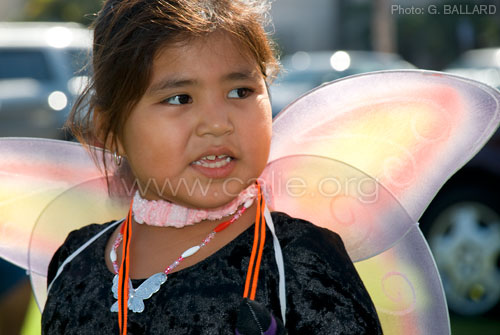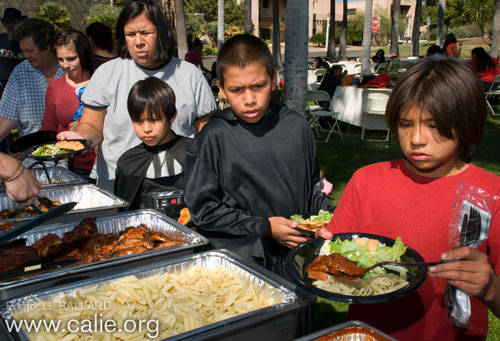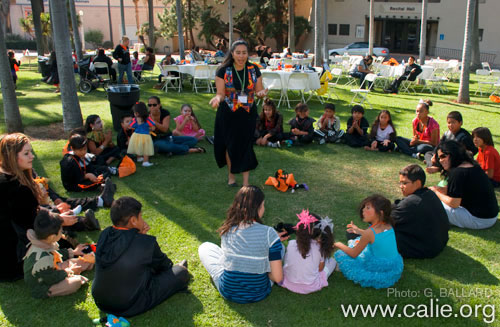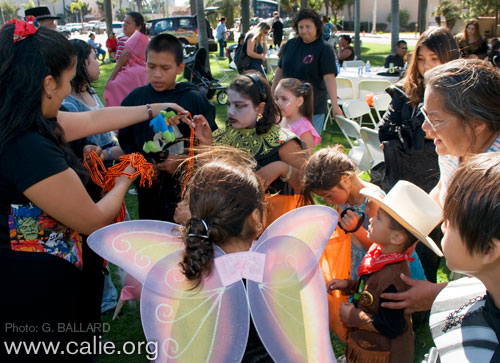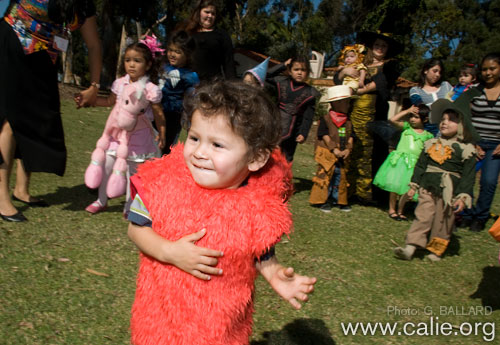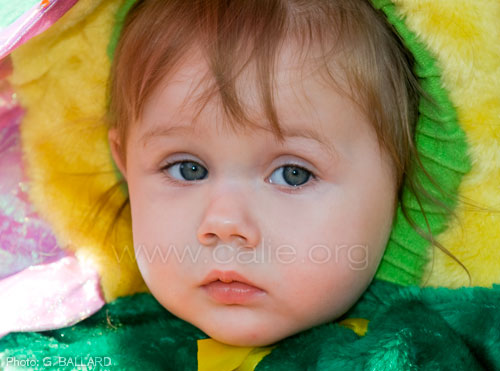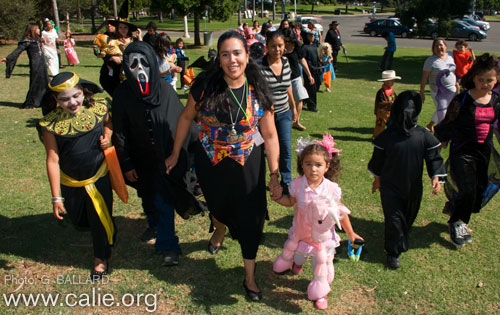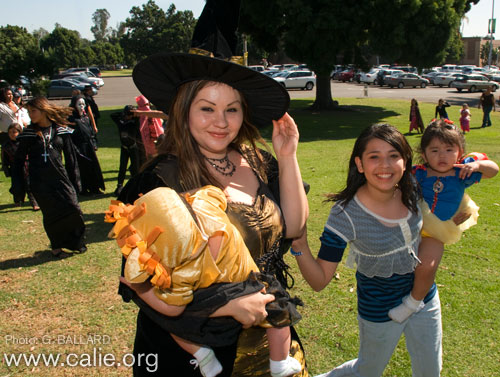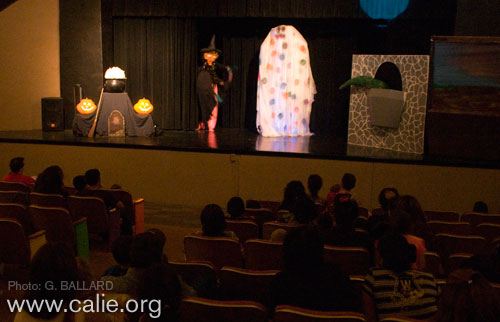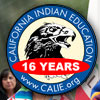 |
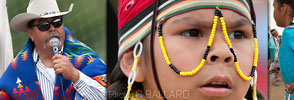 |
 |
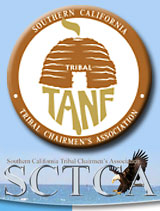

Publishing Corner: Indian Community: Science & Wonder Indian Heros: California Indian Art: CALIE Library: Academic Financial Aid: Tribal Governments: Indian Gaming: |
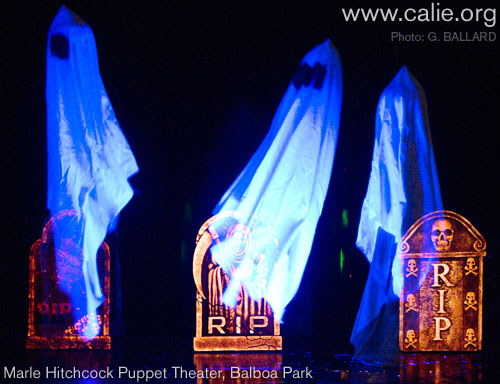 This photo is actually two pictures from the SCAIR puppet show "The Polka Dot Ghost" composited into one photograph with a blending change on the ghost layer to create the see-through effect. SCAIR Hosted Successful Tribal TANF 2008 Indian Harvest Feast in Balboa Park, Family Picnic, Costume Parade, Games SCAIR-TANF Indian Harvest Feast 2008 by Roy Cook, Opata-Oodham, Mazopiye Wishasha: Writer, Singer, Speaker The Southern California American Indian Resource Center, SCAIR, continues a long held traditional Indian Summer Harvest and Native American Traditional Feast, with the TANF participants, in an appropriate location in America’s Finest City, Kumeyaay Land, San Diego’s Balboa Park.
SCAIR invited all TANF participants Saturday, October 25, 2008 from 11:30 – 4:30 to Balboa Park on the Recital Hall lawn across from the Marie Hitchcock Puppet Theater. Following family registration and the welcoming introduction and blessing the Pat & Oscars catered picnic lunch is enjoyed. There are plenty of Kodak moments during the Polka dot costume parade. Activities and games are enjoyed until the puppet theater show. Frightful yelling and nervous laughter are carried out until the final activity, a puppet-making workshop. SCAIR staff, consultants, volunteers and helpers assisted to make this a good event for the Indian children. SCAIR Senior Advisor Randy Edmonds and his wife Bonnie are on hand. He provided the welcoming and Blessing for the event. A fine, fun filled time was enjoyed by all along with the fine luncheon, games and prizes.
+++++++ History of Masks by Roy Cook, Opata-Oodham, Mazopiye Wishasha: Writer, Singer, Speaker Distinctive styles of masks began to emerge in pre-Hispanic America about 1200BC, although there is evidence of far older mask forms. In the Andes masks were used to dress the faces of the dead. These were originally made of fabric but later burial masks were sometimes made of beaten copper or gold, and occasionally of clay. For the Aztecs human skulls were prized as war trophies and skull masks were not uncommon. Masks were also used as part of court entertainments, possibly combining political with religious significance. Pueblo craftsmen produced impressive work for faces in religious ritual, especially the Hopi and Zuni. The kachinas, god/spirits, frequently take the form of highly distinctive and elaborate faces that are used in ritual dances. These are usually made of leather with appendages of fur, feathers or leaves. Some cover the face, some the whole head and are often highly abstracted forms. Some non-Indian authorities feel that Navajo masks appear to be inspired by the Pueblo prototypes. Woodland tribes, especially in the Northeast and around the Great Lakes, cross-fertilized culturally with one another. The Iroquois made spectacular wooden ‘false face’ masks, used in healing ceremonies and carved from living trees. These images and variations of masks by the language related Cherokee and other South-Eastern Tribal images appear in a great variety of shapes, depending on their precise function. Arctic Coastal groups have tended towards rudimentary religious practice but a highly evolved storytelling and rich mythology, especially concerning hunting. In some areas annual ceremonies involved masked dances and these strongly abstracted masks are arguably the most striking artifacts produced in this region. Pacific Northwest Coastal indigenous groups were generally highly skilled artists and painters. Their masks were often masterpieces of carving, sometimes with movable jaws, or a mask within a mask, and parts moved by pulling cords. The carving of masks were an important feature of wood craft, along with many other features that often combined the utilitarian with the symbolic, such as shields, canoes, poles and houses. The ritual and theatrical definitions of mask usage frequently overlap and merge but still provide a useful basis for categorization. There is a distinct difference in the utilization of these ‘face’ or mask images. Essentially, faith or theater may be the fuzzy line delineating which term will be more appropriate. Tradition is the final arbitrator. History & Meanings of Authentic Indian Face Painting
Also see the KUMEYAAY.INFO cultural body painting feature for a researcher's look into the history and meanings of Native American face painting for ideas about how to paint Indian faces. |
CALIF INDIAN EDU NETWORK: AHMIUM.org | SCAIR.org | SDICENTER.org | APAPAS.com
—
WEB SITE DESIGN
www.calie.org COPYRIGHT 2008-Present • ALL RIGHTS RESERVED
